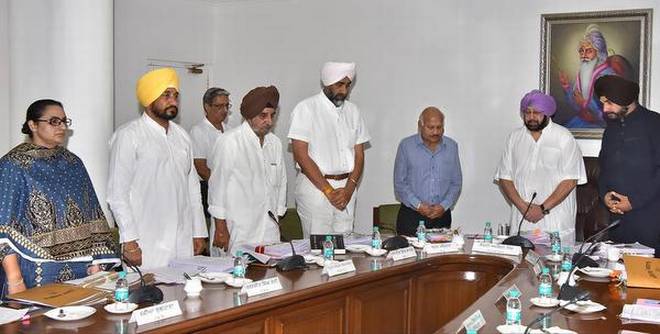We are usually overwhelmed by the range of generation capabilities on our smartphones. Or frequently surprised at the common jargon, including AI (artificial intelligence) and IoT (Internet of Things). However, unknown to many of us, technology has quietly invaded our kitchens, impacting what we eat and who we end up with.
But first matters. The popularity of delivery apps approaches the general impact on eating places and cloud kitchens are expected to be effective. The benefits are manifold. For one, we can convey the production value of every meal by combining the positives of on-demand and sharing economies. The millennials, they are saying, are three times more likely to ‘order in’ than their mother and father. And the clicking-glad Gen Y and Gen Z have a far more evolved outlook regarding meals. These were the extra in-your-face and obvious inroads of the era into what we consume.
Another fashion – similarly nice but no longer excessive-decibel – could help conventional home cooks evolve into multicuisine cooks. Armed with Wi-Fi-enabled handsets (assume interactive online structures, voice assistants, and a good-sized recipe database) and a few clever gadgets, they’ll be able to unharness innovative juices and subsequently end up some distance more versatile and, as a result, irreplaceable and better-paid professionals. This could be a tremendous final result in upskilling people and upgrading offerings, leading to stepped-forward incomes. Given the lack of formal activity opportunities, this will be a blessing in covering for the underpaid family assistant.

This fashion may also deliver an upward thrust to new business classes and start-up brands as kitchens become Wi-Fi-enabled food factories with gadgets helping whip up hitherto tough-to-pronounce dishes. The plethora of opportunities this phenomenon can divulge heart’s contents to revolutionize consumption at home might be interesting for packaged meal businesses in India. In truth, the market for FMCG products could grow manifold if this wave of ‘eat at domestic distinct meals’ catches the fancy of the masses. Plus, the tech infrastructure will make certain convenience and help reduce delivery charges of domestic kits and meal enhancers, for this reason establishing extra avenues for fee addition.
To drive home this factor, allow us to study online traits. For example, ‘how to make a cake’ is one of the pinnacle five searches if you explore the how-to tag on YouTube India (simply underneath how to tie a tie and above the way to wear a saree). Better nevertheless, the forms of cuisines in most cases prepared in Indian kitchens have long gone past popular South Indian and North Indian dishes and entered the geographical regions of Thai, Burmese, Japanese, Mexican, and even Ethiopian cuisines. So, with a little help from the generation to be had, Indian homemakers who want to cook can become exquisite cooks. Within a few years, western cuisines are probably considered Ghar ka khana (domestic-cooked food) simply as it has been prepared domestically.
Smart gadgets, specifically IoT-enabled smart fridges, will play a key role in healthy cooking and consumption. They will make sure meals are fresh, reorder food objects on their own, provide recipe choices, and allow customers to observe a pre-planned, vitamins-precise eating regimen, making sure in actual time that you are eating the food endorsed by using your medical health insurance-linked nutritionist. In a capability, however, in large part futuristic situation, the linked fridge can even communicate to the medical insurance coverage and determine your coverage cost slab based totally on the type of food stored for your fridge.
The tech inroads mentioned above no longer cover all factors of how we can prepare dinner and eat in the future. They communicate to the health-focused purchasers who are evolving from way to generation and are aided through a one-global scenario. One component is obvious, though. A homemaker, pushed by a strong desire to feature price to what she cooks for her family, will quickly bring modern-day technology into the common-or-garden Indian kitchen.
But sufficient of those futuristic musings. Right right here in Mumbai, the ubiquitous dabbawalas have done the combined duties of delivery apps, cloud kitchens, and nutritionists and introduced hot, domestic-made meals at a fragment of what the tech infrastructure, food discovery efforts, and the ‘ordering in’ tradition will doubtlessly value inside the time to return.
It is critical to comprehend and internalize some of the tech improvements with which Indians live (and take them without any consideration). The turn facet of the tech-enabled food explosion is that we’ve begun to expect increasingly more stimulation from the click-based totally, on-call phenomenon. As of now, there’s some tension brewing about spending time on traditional cooking at domestic as opposed to handling the growing demand at domestic for brand-new cuisines, given the explosion of food choices thru apps, multi-cuisine restaurants, and dark kitchens, which cook all forms of meals most effective for takeaway and delivery. Changes delivered by tech-enabled food conduct and a quick-transferring society should be closely observed to apprehend what role tech will play in the future of meals and domestic cooking.









